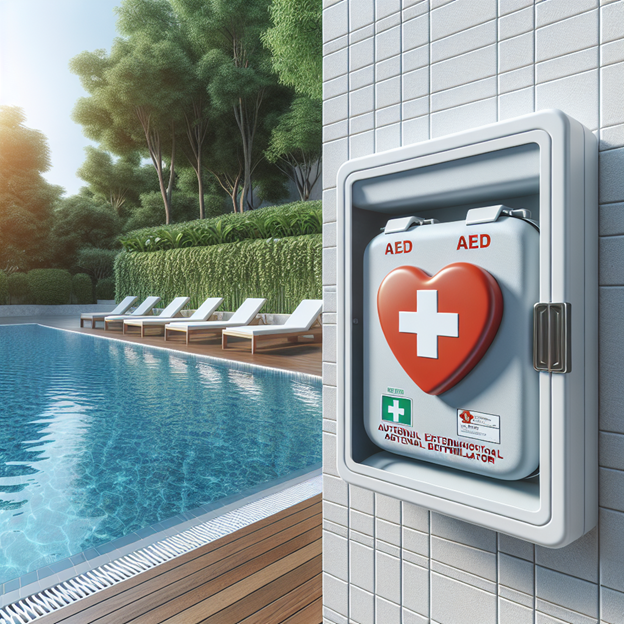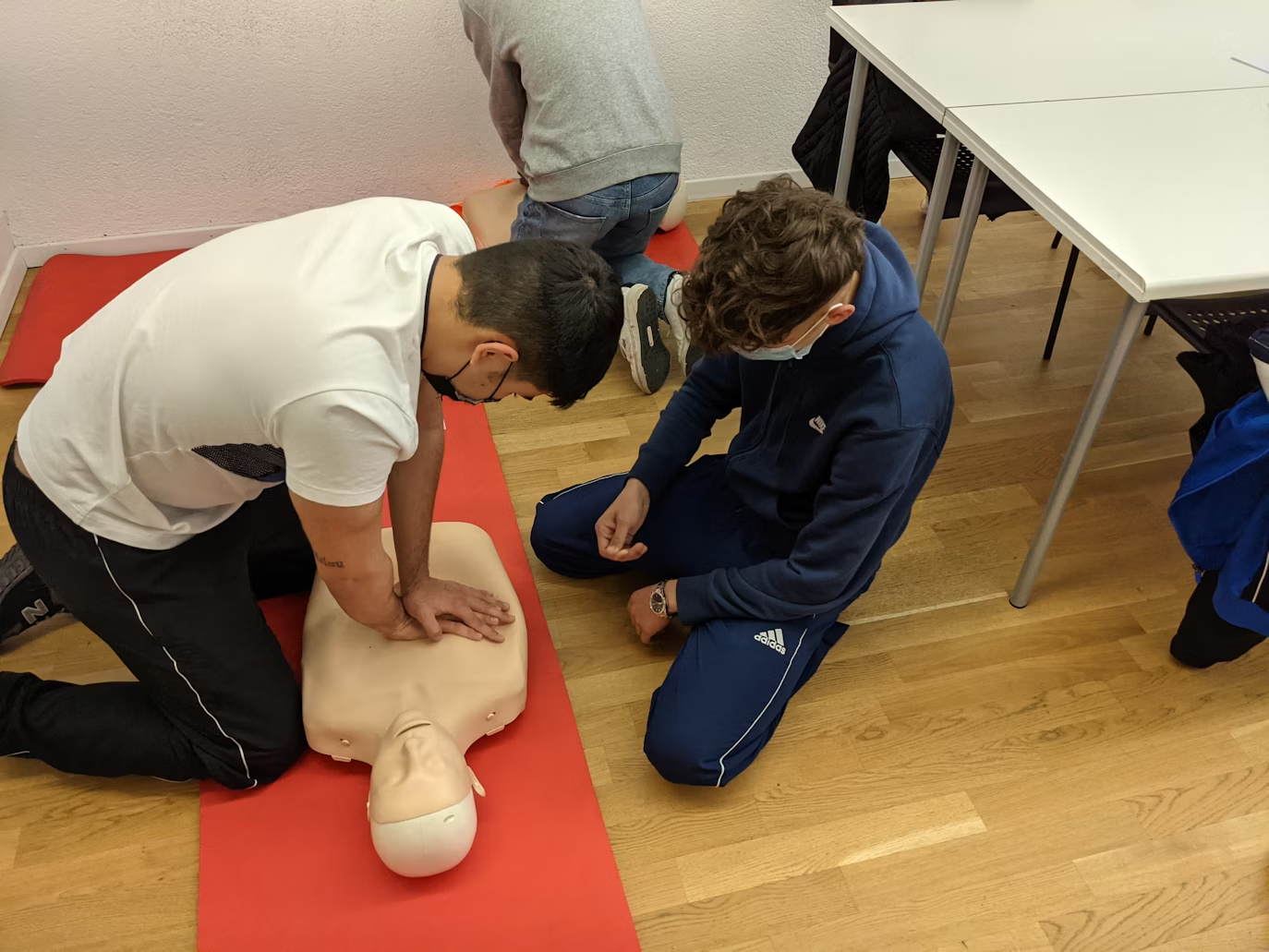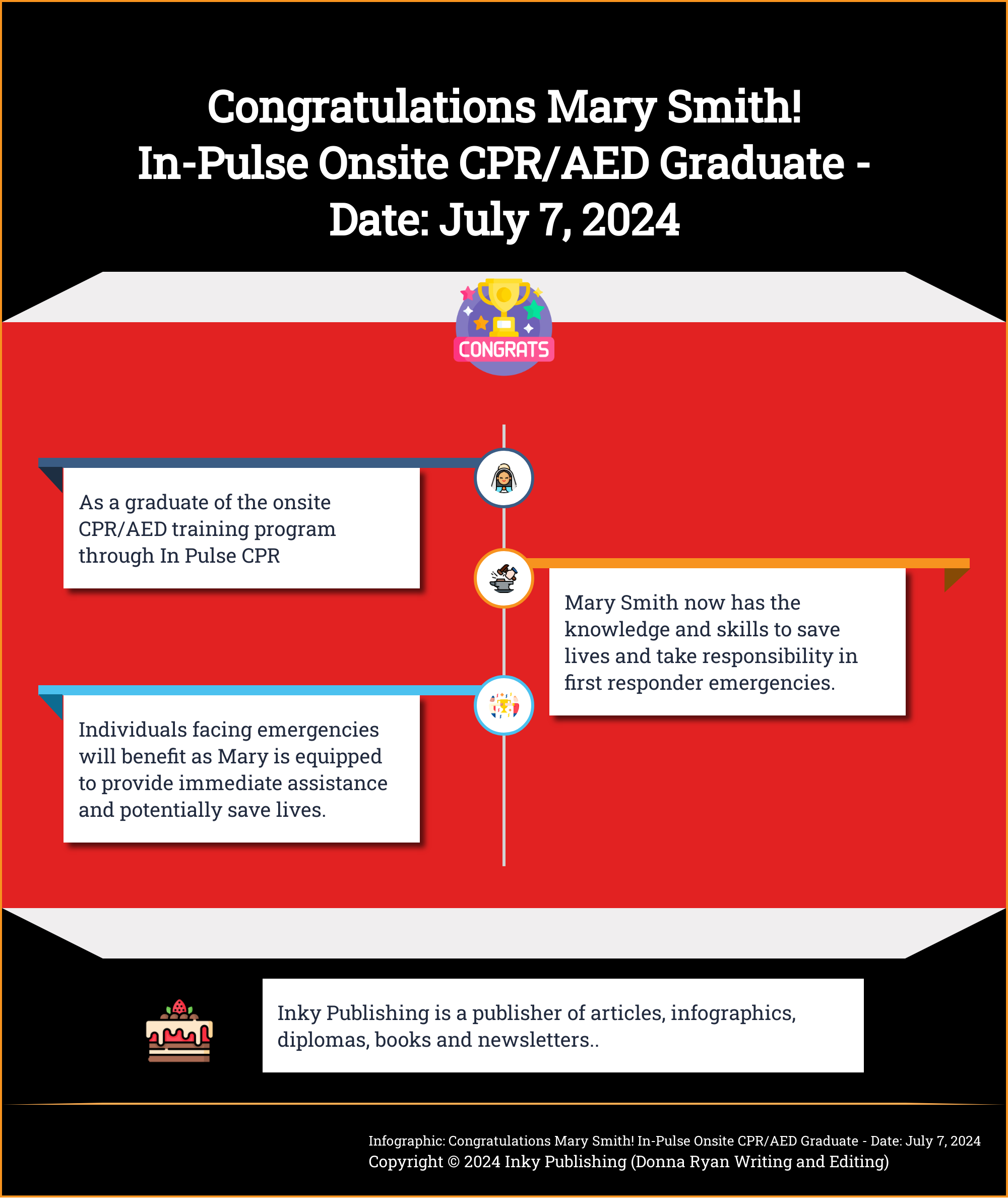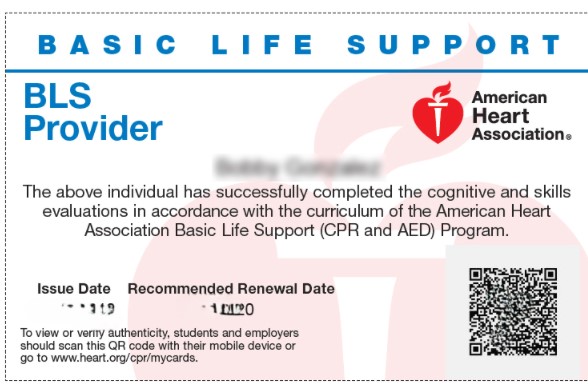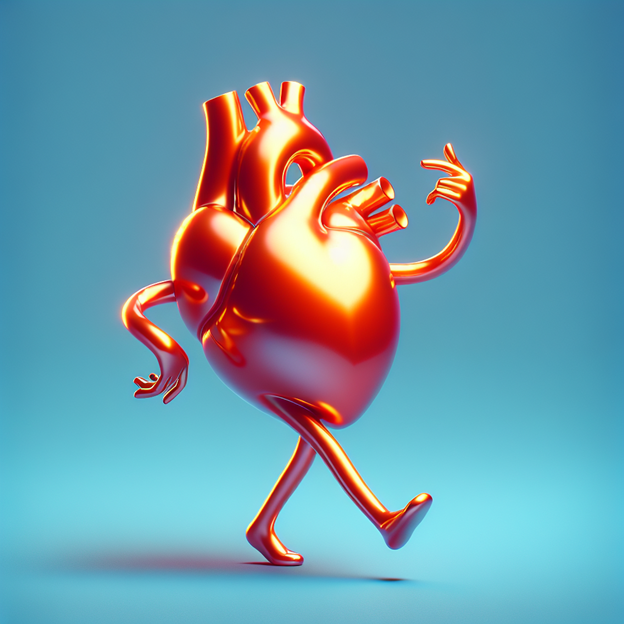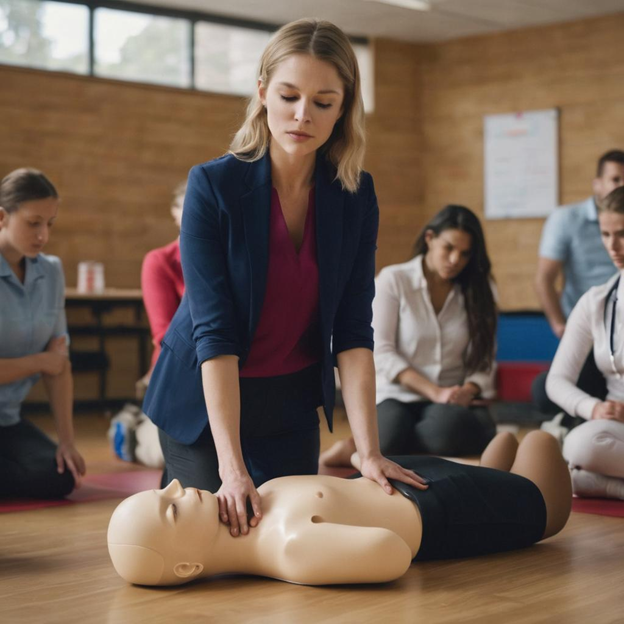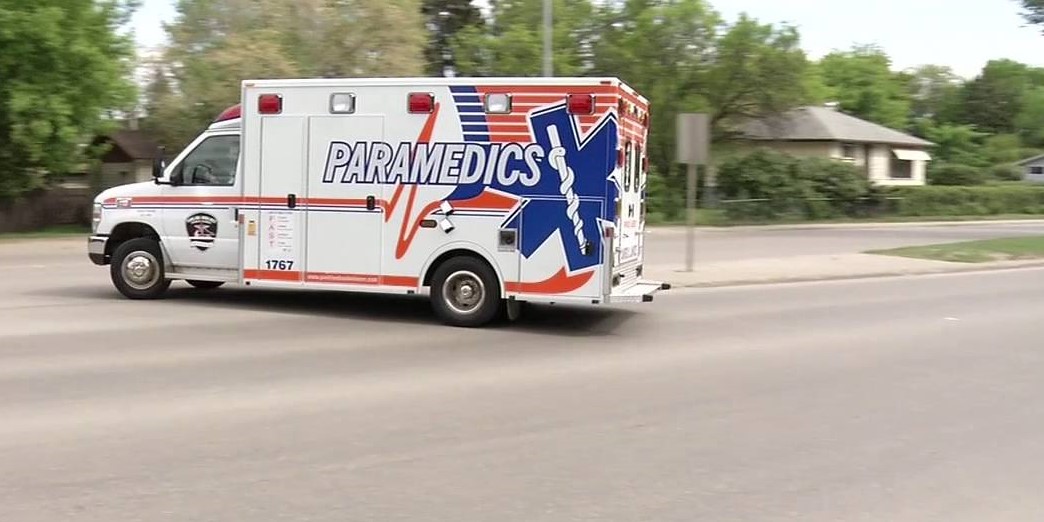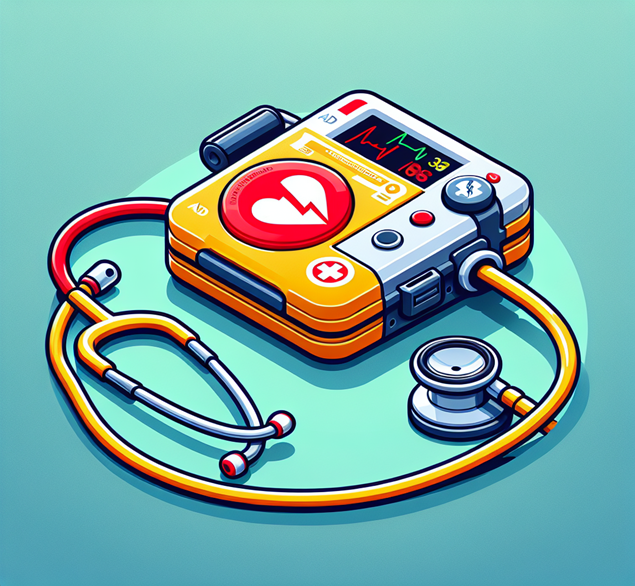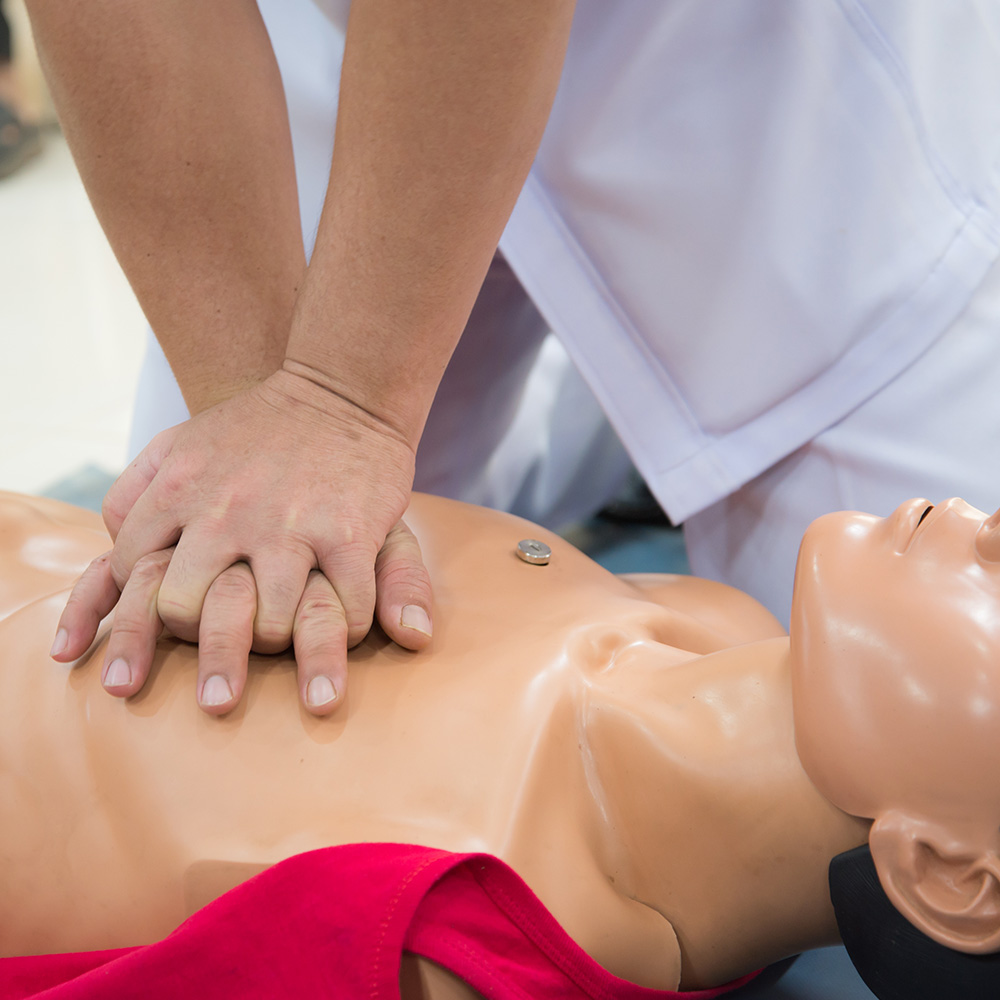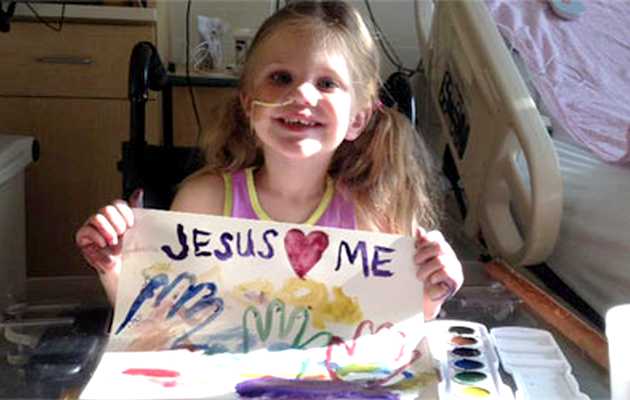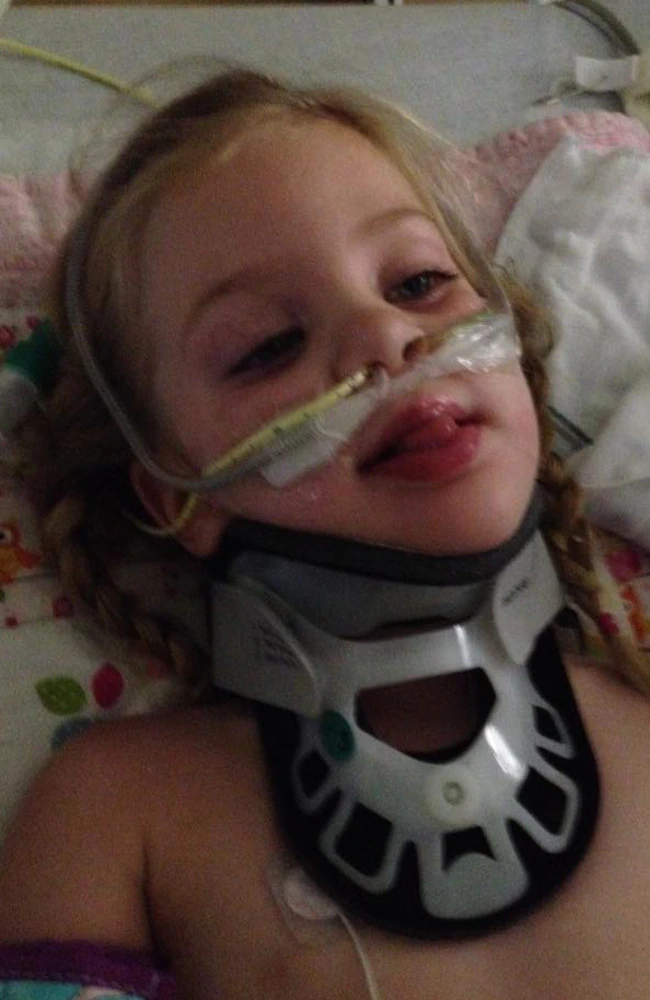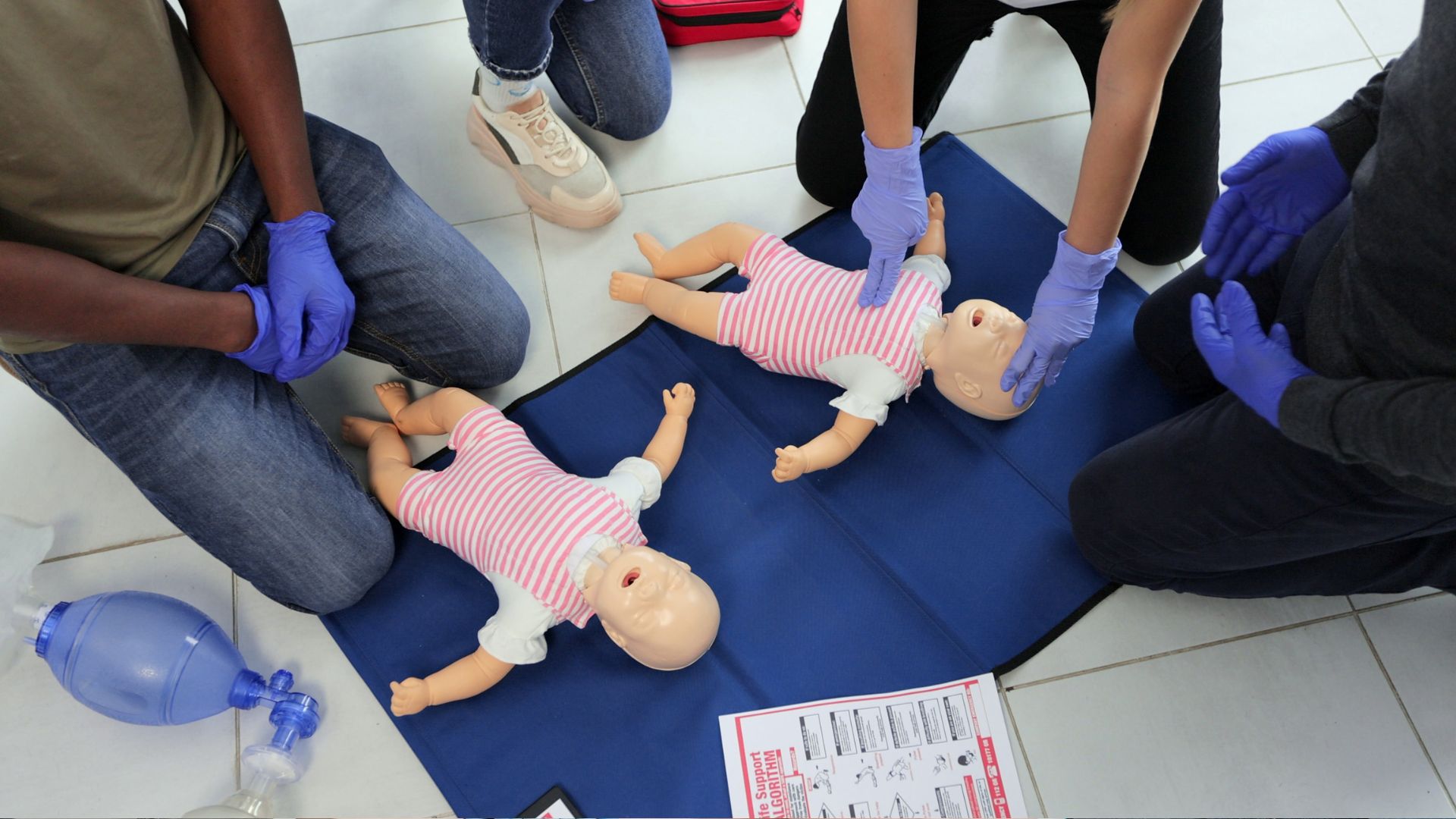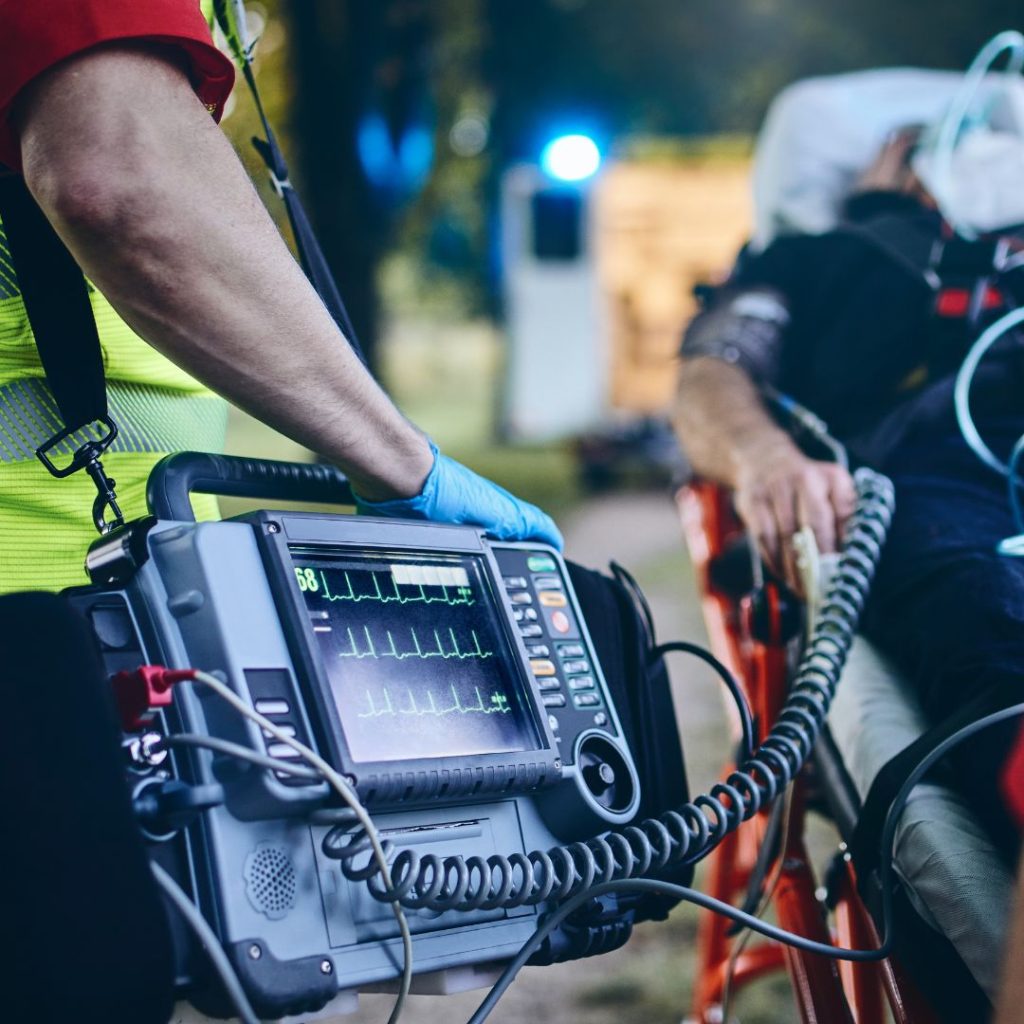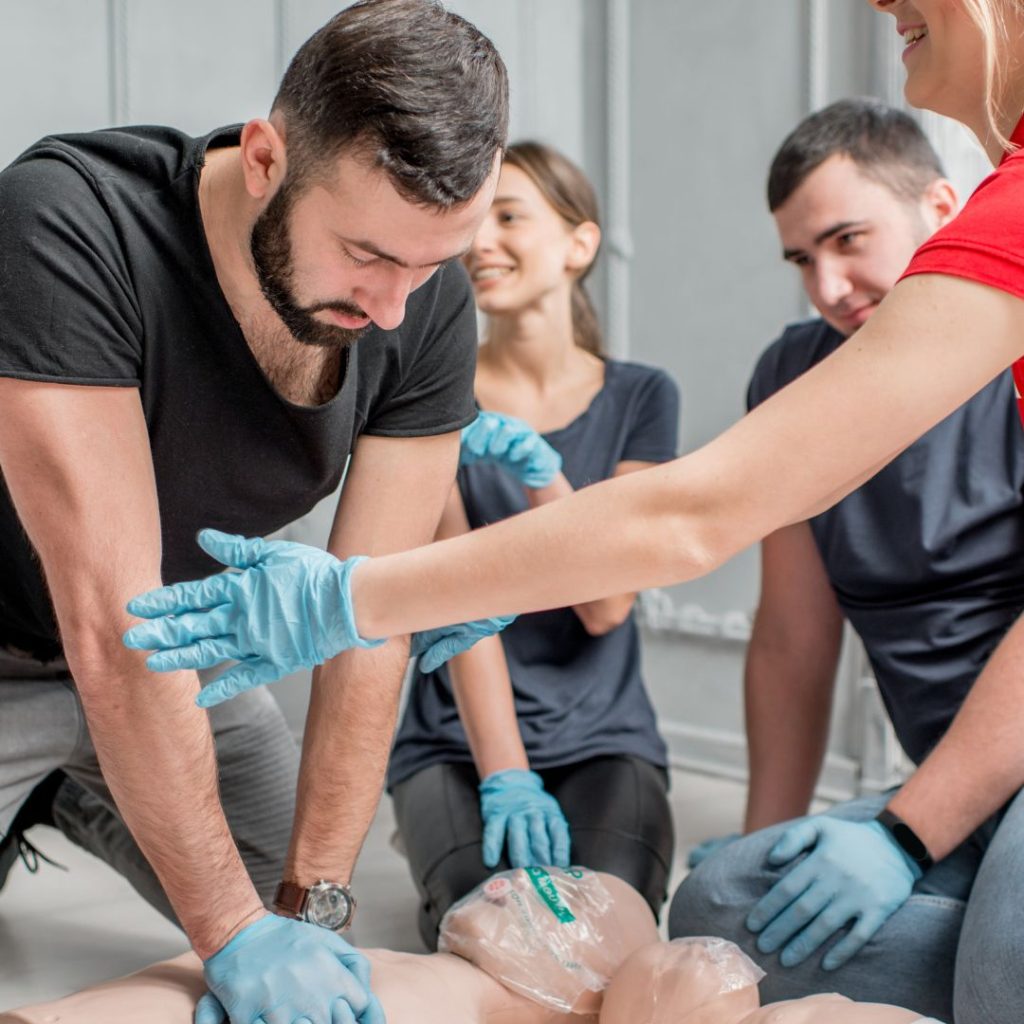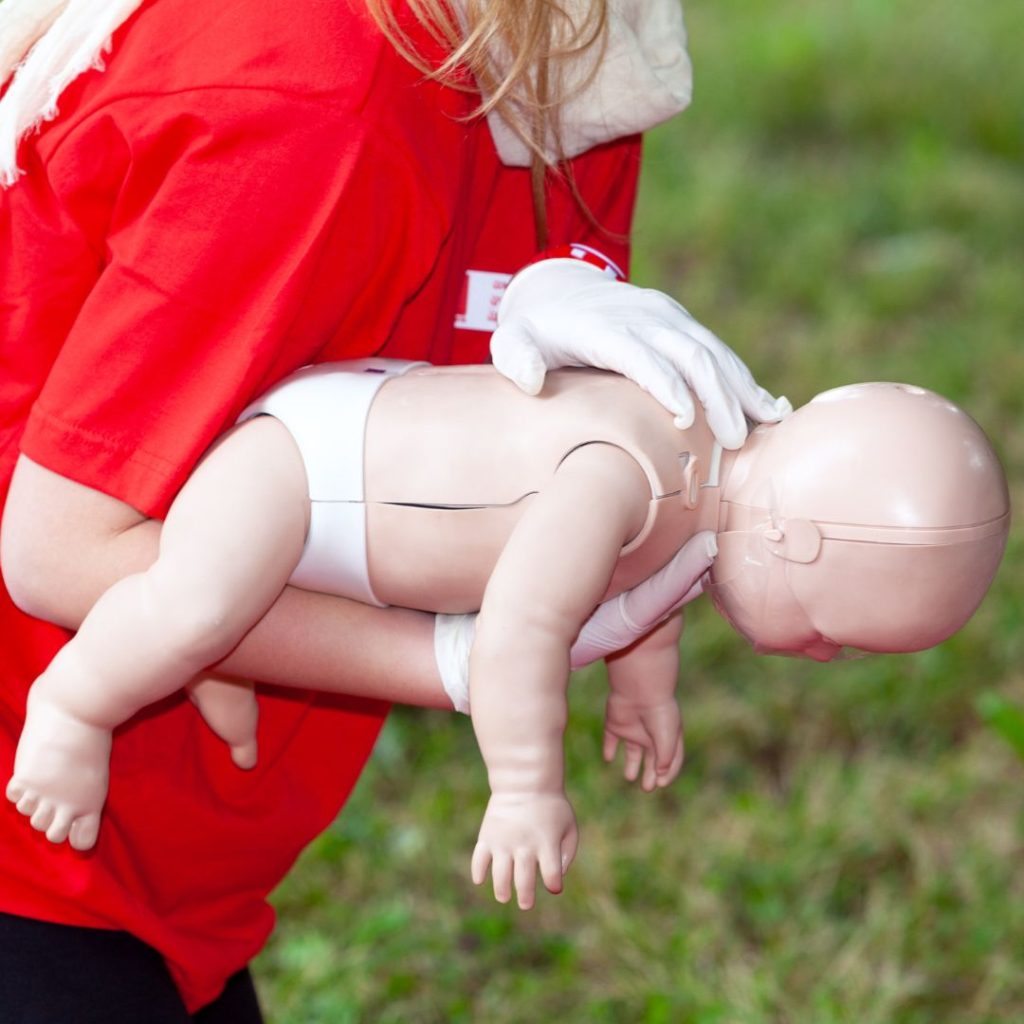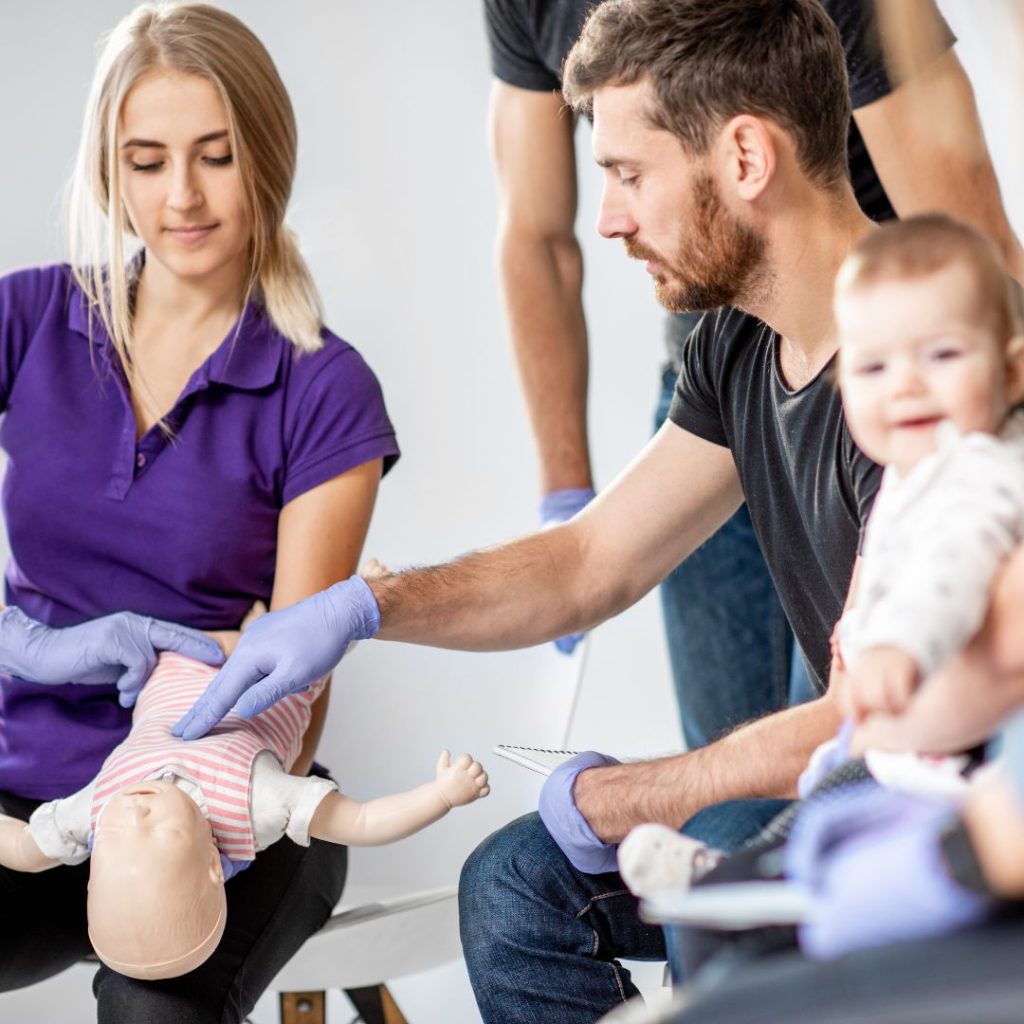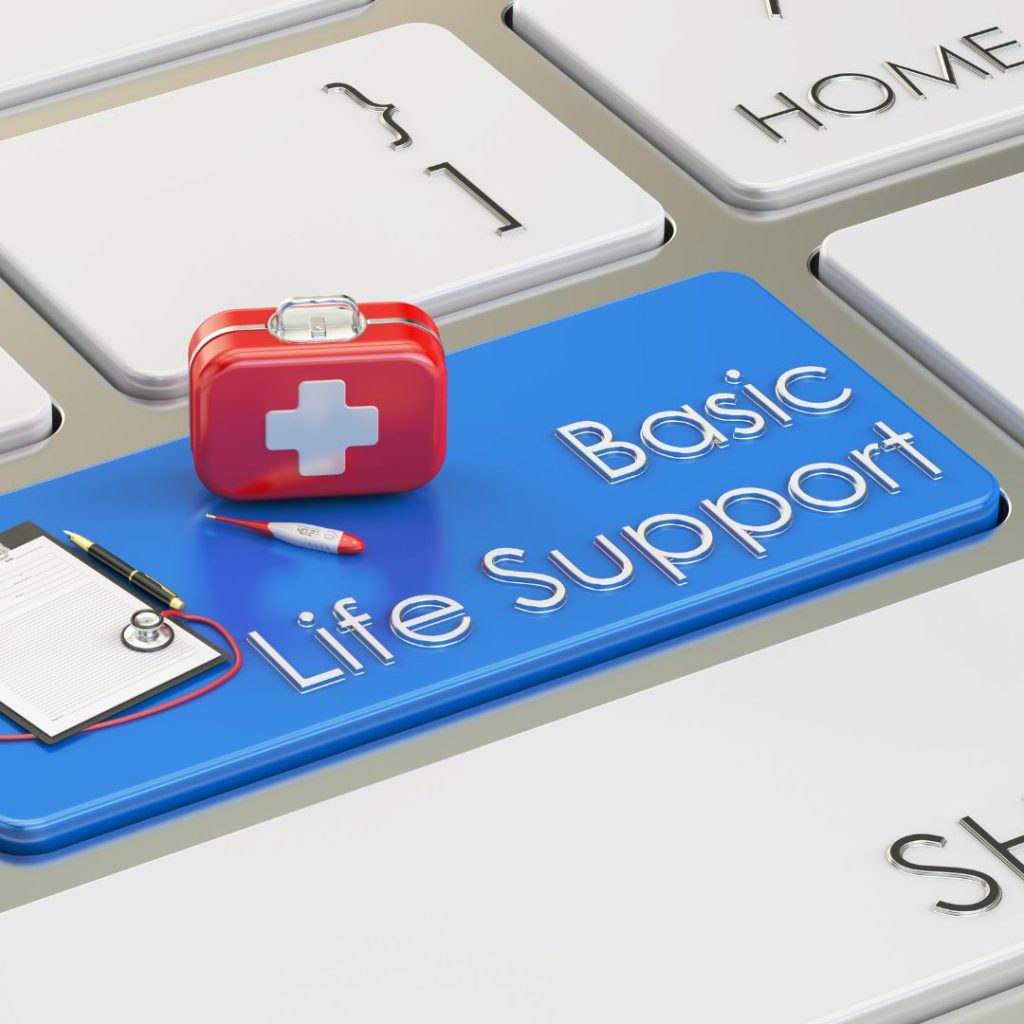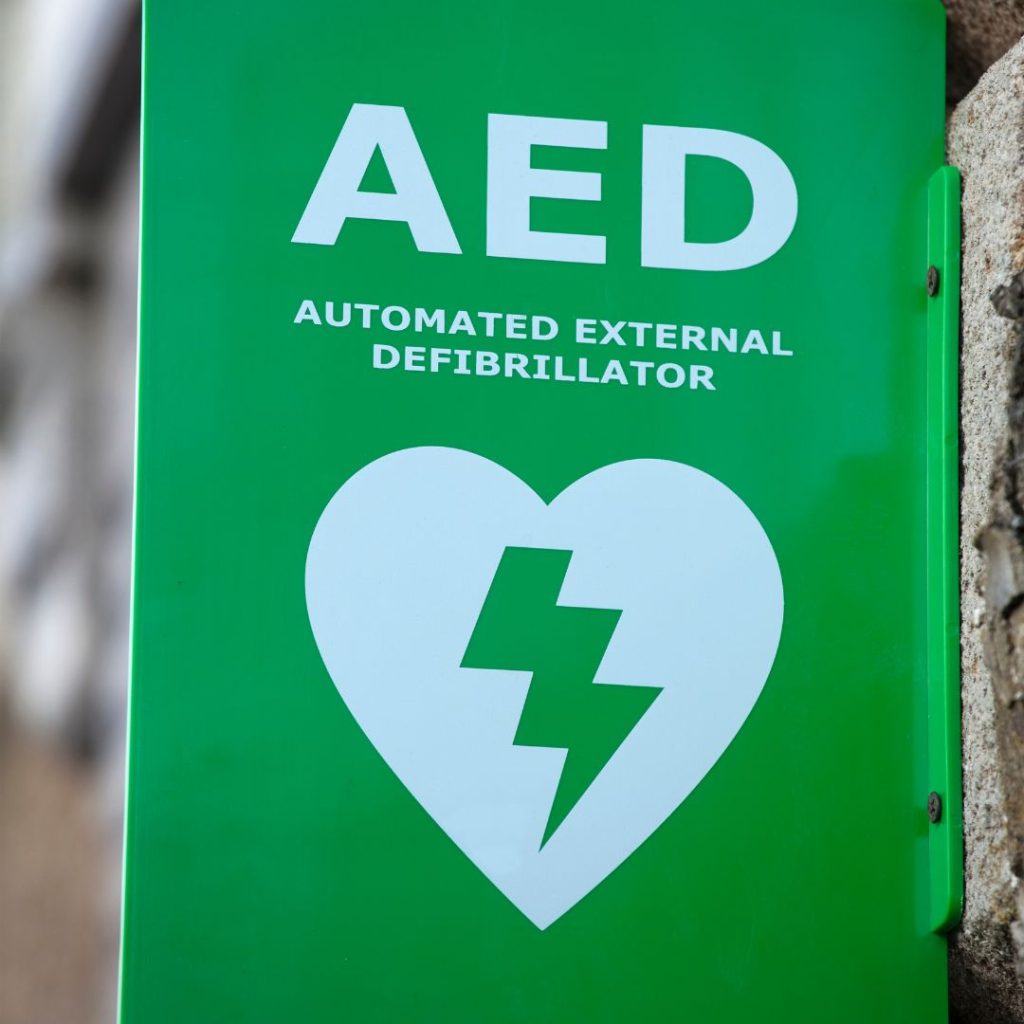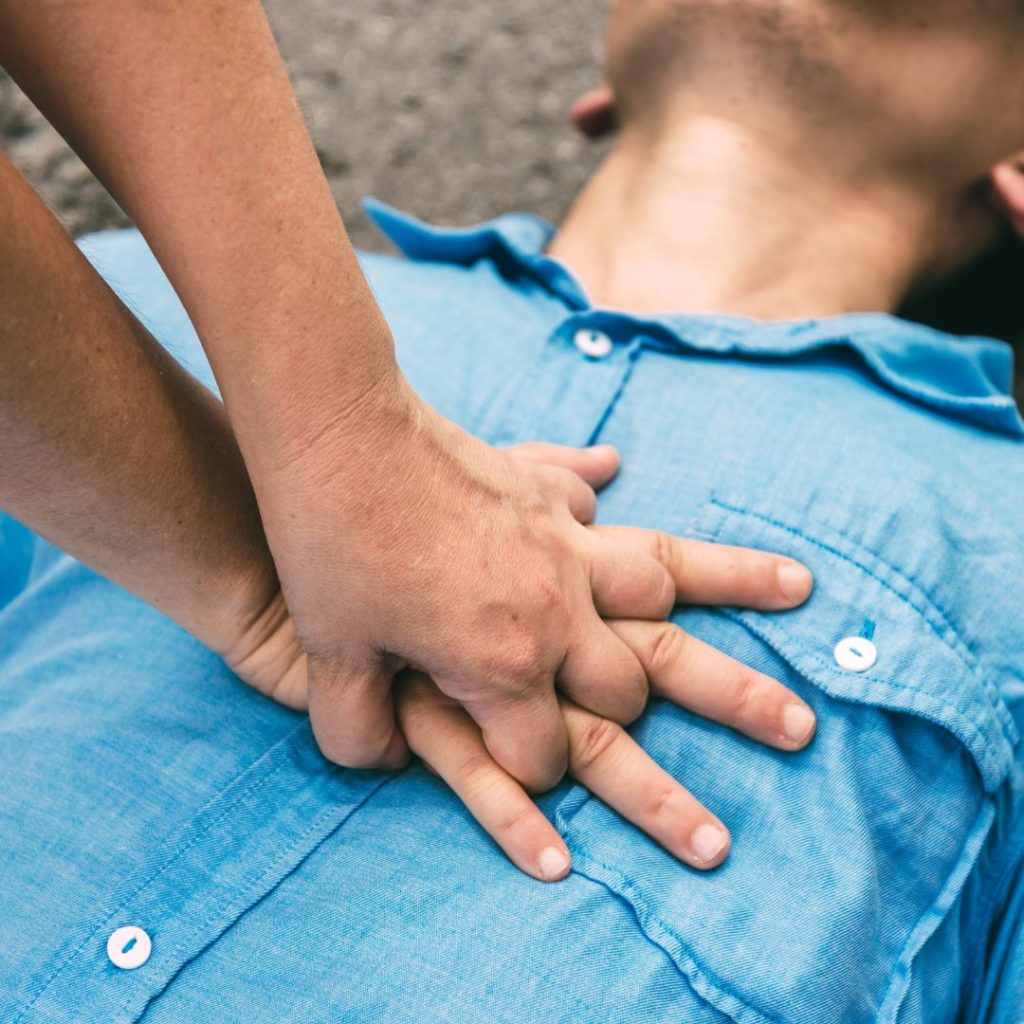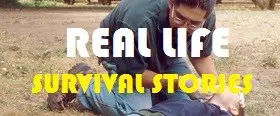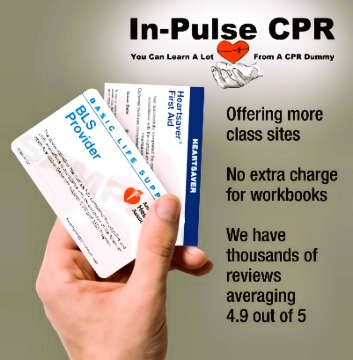Saving an Infant or Child Using CPR and an AED
If you are a guardian or parent who is responsible for the care of a minor, it might come as a shock to learn the following statistics regarding heart health and emergencies reported by the American Heart Association (AHA):
- Annually, over 6,000 youths under the age of 18 suffer from out-of-hospital cardiac arrests (OHCAs) in the U.S. These statistics come from reports issued by emergency medical service (EMS) teams.
- Immediate action involving cardiopulmonary resuscitation (CPR) and the use of an Automated External Defibrillator (AED) is critical after a sudden cardiac arrest (SCA).You have a small window of time – 3 to 5 minutes after an SCA. A quick response can significantly reduce the risk of a fatal outcome.
The above facts underscore the importance of receiving training in CPR/AED education.
Prompt and informed actions can save a young life, and skill proficiency grows with practice. That’s why In-Pulse CPR highly recommends that individuals responsible for children receive proper CPR/AED training. Doing so will add to their skillset and keep children and others safe.
FAQs on the Operation of AEDs in Youth LIfe Saving Measures
Here are some frequently asked questions concerning the basic application of AEDs when saving infants and children.
NOTE: This information is educational and not a substitute for practical training. In the event of an actual emergency, immediately execute 1 to 2 minutes of CPR, call 911, secure an AED, and follow the guided prompts.
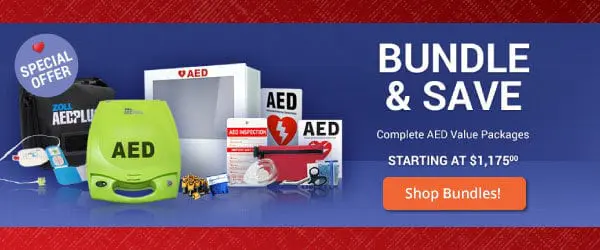
How Does an AED Work?
An AED is a device used to analyze the heart’s rhythm. If it detects a shockable rhythm, it prompts the operator of the equipment to provide an electric shock, or it may be designed to automatically deliver a shock.
The heart beats in response to the electrical impulses produced by the heart. If a heart goes into fibrillation (or quivers rather than beats), the delivery of an electric shock is meant to stabilize the chaotic impulses so the heart can reset itself.
How Does an AED Give Directions?
Once you activate an AED, by pushing a button or opening the device’s cover, the AED’s programming gives instructions step-by-step for use. All of the machines come with visual instructions by providing an enclosed card or by adding the images to the electronic.
Electrode pads for pediatric and adult placement feature illustrations on the electrode pads or packaging. However, it’s best to take an onsite CPR/AED class to ensure the best results.
Are AEDs Safe?
Whatever you choose in an AED model will be safe with correct use. It’s important to note that anyone under cardiac arrest will not receive an electrical shock unless the heart is reading one of two shockable rhythms. Therefore, you won’t accidentally shock people with a healthy heart.
To treat children, it helps to use pediatric electrode pads, or if you use adult electrode pads, you should use an attenuator or pediatric key.
You should read the device’s operation’s manual to learn how to use the AED on a child. An attenuator is a device that lowers the power of an electrical signal without distorting the electrical waveform.
If available, it’s better to use a manual defibrillator on an infant under a year old. If a manual defibrillator is not available, you can still use an AED, provided you follow the recommendations for using the device on infants.
For drowning victims, dry off the chest before placing the electrodes.
How Should You Use an AED on an Infant?
To use an AED on an infant (under 1 year old), take the following steps:
1. Perform 1 to 2 minutes of Infant CPR. For infants, use two fingers or two thumbs and encircle the hands to best achieve a chest compression depth of 1.5 inches. Give 30 chest compressions for every two breaths for one-rescuer CPR or 15 chest compressions for every two breaths for 2-rescuer attempts.
2. If the baby is unresponsive, call 911 or send someone to get an AED, continuing to perform CPR.
3. When you have access to an AED, unplug the regular electrode pads after locating the pediatric pads. Position the pads – one on the front of the chest and one on the back.
4. Firmly plug the pads into the device, then press “Start.” Place a child-infant key into the slot before pressing the power button, if a key comes with the machine. (Pads and keys lower the strength of the charge.)
5. Listen to the directions.
How Should You Use an AED on a Child?
For children under 8 years old or up to 55 pounds, you should use pediatric electrode pads and/or an infant/child key should be employed. Adult electrode pads can still be used if you don’t have these alternatives. Just make sure the pads don’t touch during operation.
To save a child’s life, using an AED and CPR, follow these steps::
1. Perform one to two minutes of CPR. For child patients, use one hand, if possible although two can be used, if necessary. Only press 2 inches into the chest versus 2 and 2.4 inches you would use on an adult. For one-person CPR, give 30 compressions for every two breaths. Give 15 chest compressions for every two breaths for two-rescuer CPR.
2. If no response, call 911 and ask someone to retrieve an AED, if possible, and resume CPR.
3. When you have access to an AED, find the pediatric electrode pads. Place the pads on the child – one on the upper right part of the chest above the breast and the other on the lower part of the left chest below the child’s armpit.
4. Plug in the pads into the device and press “Start.” If using a child/infant key, place the key in the slot before pressing the power button.
5. Listen and follow the verbal directions.
In the typical scenario, when using an AED, the device will tell you:
- To apply the electrode pads to the bare chest. If a child has a chest that is big enough to accommodate pads without their touching one another, you should apply one pediatric or adult pad to the upper right chest area and the other to the lower left area. Check the illustration on the AED’s packaging to ensure placement.
- Don’t touch the patient while the device analyzes the patient’s heart rhythm.
- If a shock is advised, press the shock button – again not touching the patient.
- You’ll then be directed to continue CPR or give shocks, as necessary, until emergency help arrives.
What to Remember When You Perform AED and CPR on an Infant or Child
Performing infant/child CPR is not the same as when you perform adult CPR. That’s why it’s important to take a local CPR training class. While there’s a big push for performing “hands-only” CPR for teens and adults, American Heart Association CPR guidelines still recommend two breaths for every 30 compressions for infants and children.
Remember to compress the chest about one-third of the child’s torso depth. Use the heel of your palm for a child or your first two fingers for infants.
As noted, the best way to understand these differences is to take an on-site In-Pulse CPR class.



